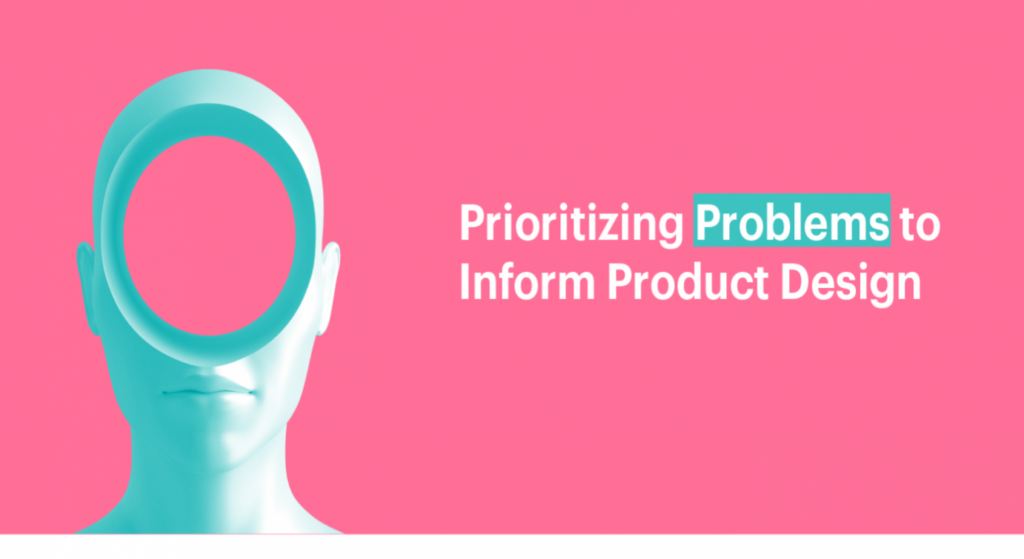The Psychology of Trust in AI: Why “Relying on AI” Matters More than “Trusting It”
- The article argues that “reliance,” not “trust,” is the right way to think about users’ relationship with AI.
- It explains that human trust and AI reliance are driven by different psychological mechanisms.
- The piece highlights that predictability, transparency, and control make users more willing to rely on AI.
- It concludes that users don’t need to trust AI as a partner — only rely on it as a dependable tool.
Share:The Psychology of Trust in AI: Why “Relying on AI” Matters More than “Trusting It”
Share this link
- October 16, 2025
4 min read








